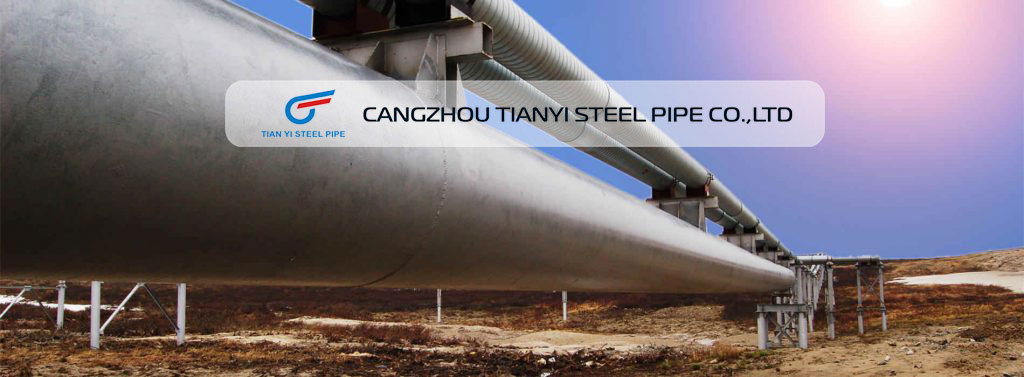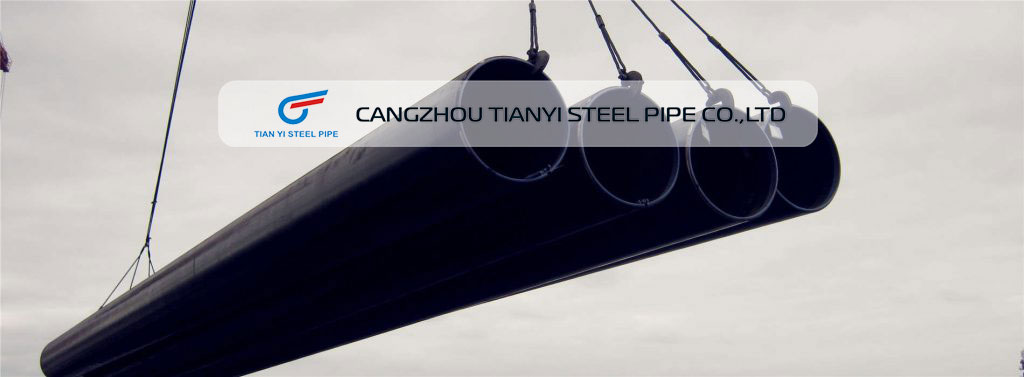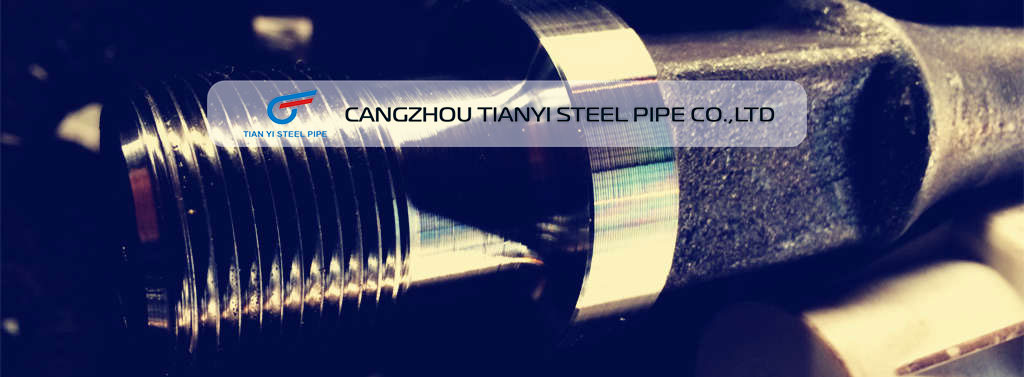Effect Of Boron Addition On High Strength Low Allo
Effect of boron addition on high strength low alloy steel
High strength and low alloy(HSLA) steels can be used in skyscrapers and large Bridges as well as in pipelines, ultra-large vessels, and near shore pressure vessels. To make these devices, engineers need to meet the requirements of high strength, impact toughness and good welding performance for the low alloy steel. Some alloying elements are more efficient at altering the properties of steel than others.
For example, Boron(B) can be used to replace carbon and other alloy elements for strength enhancement, and even small amounts of boron (less than 100ppm) can affect the microstructure and mechanical properties of steel. Due to the development of control and detection technology of B, the addition of B into steel has been paid more attention. A boron addition of as little as 0.001% by weight can have a huge effect on the mechanical properties of steel. The mechanical property most affected by added boron is hardenability. Boron can enhance the hardenability of steel through grain boundary deviation, and can also influence the precipitation rate of carbide and other precipitates at grain boundary.
 Welding heat input is a very important factor in various welding parameters, and the heating and cooling speed in welding process is determined by heat input. Therefore, the microstructure and mechanical properties of welding can be greatly influenced by thermal input. In addition, heat input can affect boron segregation, as boron segregation is determined by the heat cycle. Experimental results show that boron segregation increases initially and then decreases with increasing heat input. Non-equilibrium segregation may initially occur at low heat input.With the decrease of cooling rate and the increase of exposure time at high temperature, the diffusion time of boron complexes can increase the level of boron segregation.Finally, due to the difference of boron concentration after the critical heat input, the boron atoms can diffuse from the grain boundary to the grain interior.
Welding heat input is a very important factor in various welding parameters, and the heating and cooling speed in welding process is determined by heat input. Therefore, the microstructure and mechanical properties of welding can be greatly influenced by thermal input. In addition, heat input can affect boron segregation, as boron segregation is determined by the heat cycle. Experimental results show that boron segregation increases initially and then decreases with increasing heat input. Non-equilibrium segregation may initially occur at low heat input.With the decrease of cooling rate and the increase of exposure time at high temperature, the diffusion time of boron complexes can increase the level of boron segregation.Finally, due to the difference of boron concentration after the critical heat input, the boron atoms can diffuse from the grain boundary to the grain interior.
Previous studies have shown that B can effectively inhibit the formation of Ferritic phase. Hardenability can only be affected by B boundary segregation.With the addition of boron, the hardenability increased, and the granular Bainite phase based on Ferritic structure was effectively suppressed. So, while the slow cooling rate, such as under the condition of 5 ℃ / s or 2 ℃ / s 2 ℃ / s cooling, we still observed higher hardness Martensite and Bainite ferrite microstructure.
HSLA steel plates with additions of boron can be found across many different grades, many of which are proprietary. The mechanical properties influenced by B adding were studied by observing the microstructure. Excessive amounts of boron in steel can actually cause a reduction in hardenability. High amounts of boron can cause a steel plate to become brittle and lose toughness. Some researchers have also studied the effects of B segregation on grain boundaries and inside grains to reveal the non-equilibrium segregation phenomena. Although the level of B segregation is low, the Martensite phase is more effective than Bainite phase. In the case of Bainite phase, although B segregation is produced due to very slow cooling rate, a second phase without Ferrite can be formed at the grain boundary. Therefore, the enhancement effect of boron segregation is reduced because there is a second phase of Ferri-free at the grain boundary.
TIAN YI STEEL is a leading supplier of metal material, We are metal experts and have been providing quality customer service and products since 2002. Our steel is available in a wide range of shapes including: bars, tubes, sheets and plates. Details about more materials, email or call us now!



